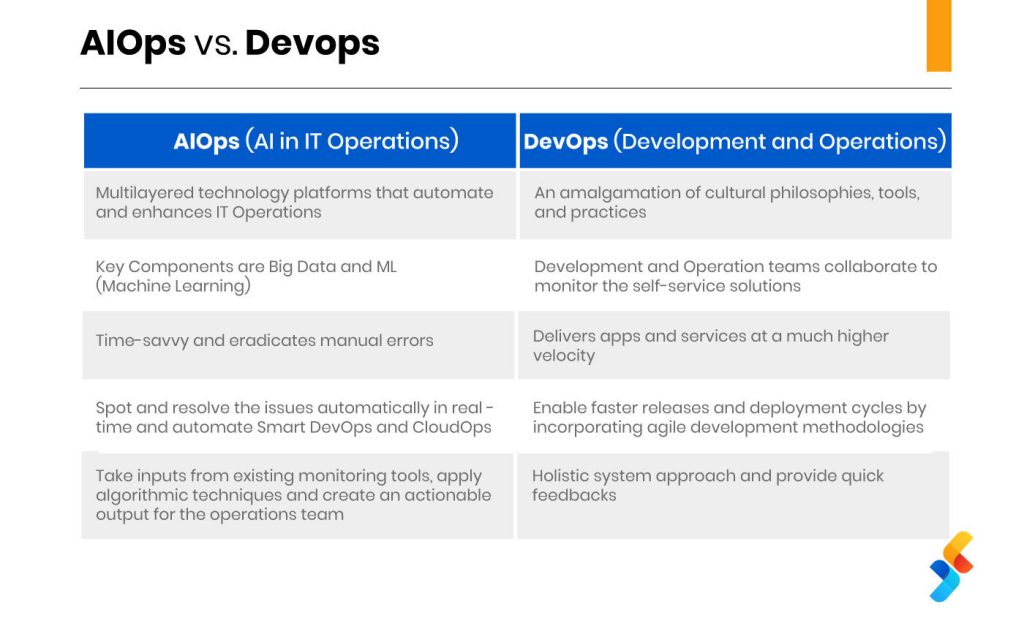What is the Future of DevOps and AIOps and How Do IT Operations Change in 2025?
What is the Future of DevOps and AIOps and How Do IT Operations Change in 2025?
DevOps is an approach that combines software development (Dev) with information technology operations (Ops) to be able to deliver software faster with the desired quality. Continuous everything is the focus of DevOps in 2025, including Continuous Integration (CI), Continuous Deployment (CD), and Continuous Testing but may be aided by AI. GitOps is also used as modern DevOps whereby Git is used as the single source of truth of both infrastructure and deployments, which guarantees traceability, rollbacks, and smooth collaboration between teams. Microservices and containers are in the middle, and Kubernetes manages the workloads effectively, and AI assists in forecasting the failures of containers and optimization of resources usage.
AIOps, which is also known as Artificial Intelligence in the use of IT Operations, is an approach that incorporates machine learning, big data analytics, and automation into the operations of IT. It aims at seven objectives, which are to monitor systems, identify anomalies, anticipate incidents, and automate responses, which are proactive, not reactive, in their approach to IT operations. As an illustration, AIOps systems are able to identify server anomalies and automatically run programs to fix the problem, anticipate possible downtime in order to perform proactive maintenance and aid root cause analysis (RCA) to help reveal the underlying problem speedily.

Key Tools in 2025
DevOps Tools:
- Jenkins X / GitLab CI/CD / CircleCI Build-test-deployment pipelines.
- ArgoCD Version control and deployment automation based on GitOps.
- Kubernetes / Docker – Container orchestration and microservices management.
- Prometheus / Grafana / OpenTelemetry – Observability and monitoring systems.
AIOps Tools:
- Dynatrace – Artificial intelligence based performance monitoring and anomaly detection.
- Moogsoft Event correlation, predictive insights, and automated incident response.
- Splunk ITSI Log analytics, predictive maintenance, and root cause analysis.
- BigPanda -Unified incident control and negative alerting.
Results & Benefits
- Reduced deployment time with less errors.
- Active incident monitoring eliminates downtime and enhances reliability.
- Root cause analysis (RCA) that is automated and can be used to troubleshoot more quickly.
- Predictive maintenance and capacity planning guarantees the optimal resource utilisation.
- Less drowsyness with AI arranging irrelevant notifications.
- Improved interaction between Dev, Ops and Security teams (DevSecOps).
- IT infrastructure and operations strategies are informed by the data-driven decision-making.
To conclude, DevOps is aimed at enhancing the delivery of software and operational processes, whereas AIOps introduces intelligence and automation to the process of identifying, anticipating, and fixing IT problems. Their integration is the core of the IT processes in 2025, allowing companies to implement, observe, and expand applications effectively and consistently.
Absolutely! In 2025, DevOps and AIOps work together to deliver faster, smarter, and more reliable IT operations. AI predicts issues, automates fixes, and ensures smoother deployments.

